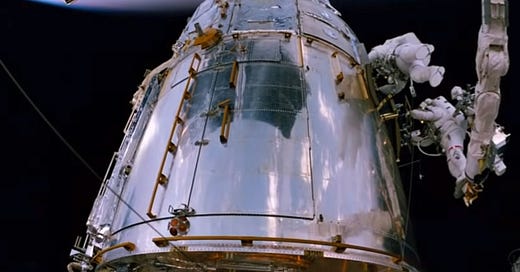Space — the final frontier — has always filled humanity with awe and wonder. What exists out there among the stars? Can humanity chart a course through the cosmos? These questions still drive astronauts and scientists, today.
The space race started in 1955 with the Soviet Union’s launch of the Sputnik satellite. What followed was decades of the US and th…
Keep reading with a 7-day free trial
Subscribe to Nonfics to keep reading this post and get 7 days of free access to the full post archives.



